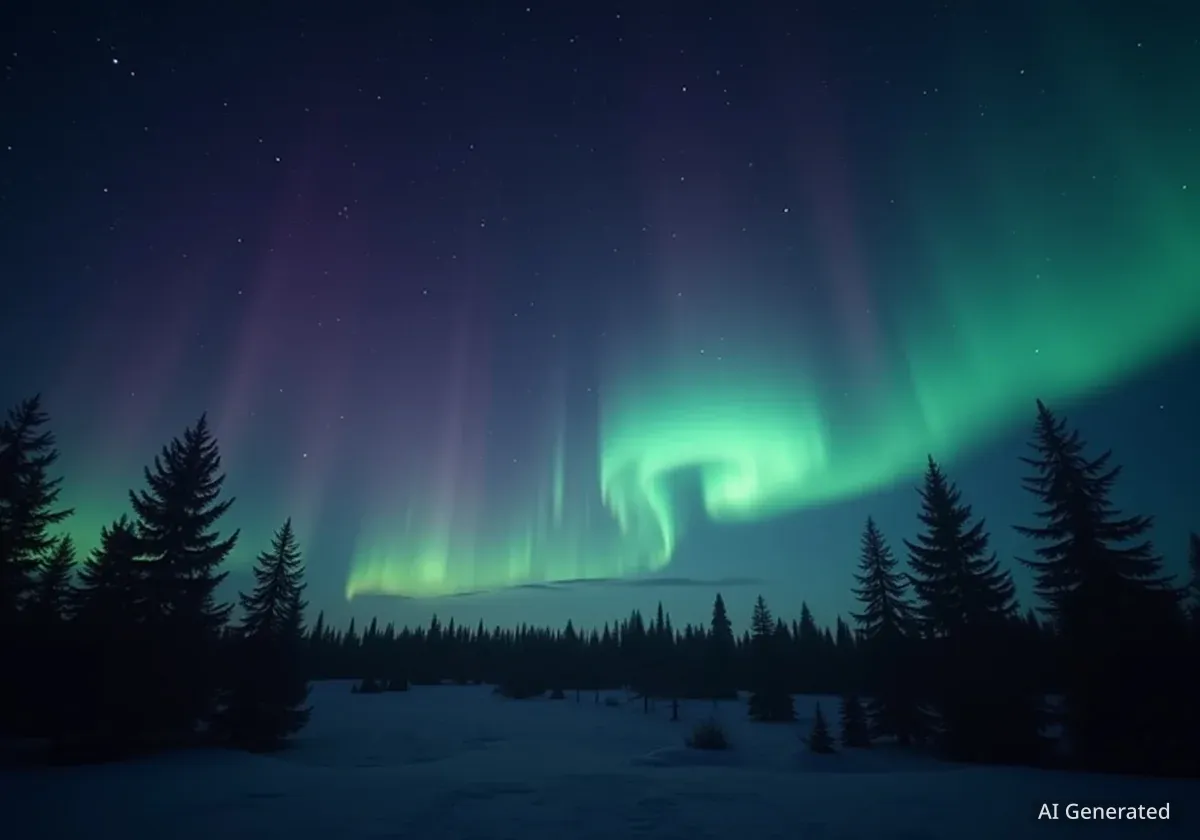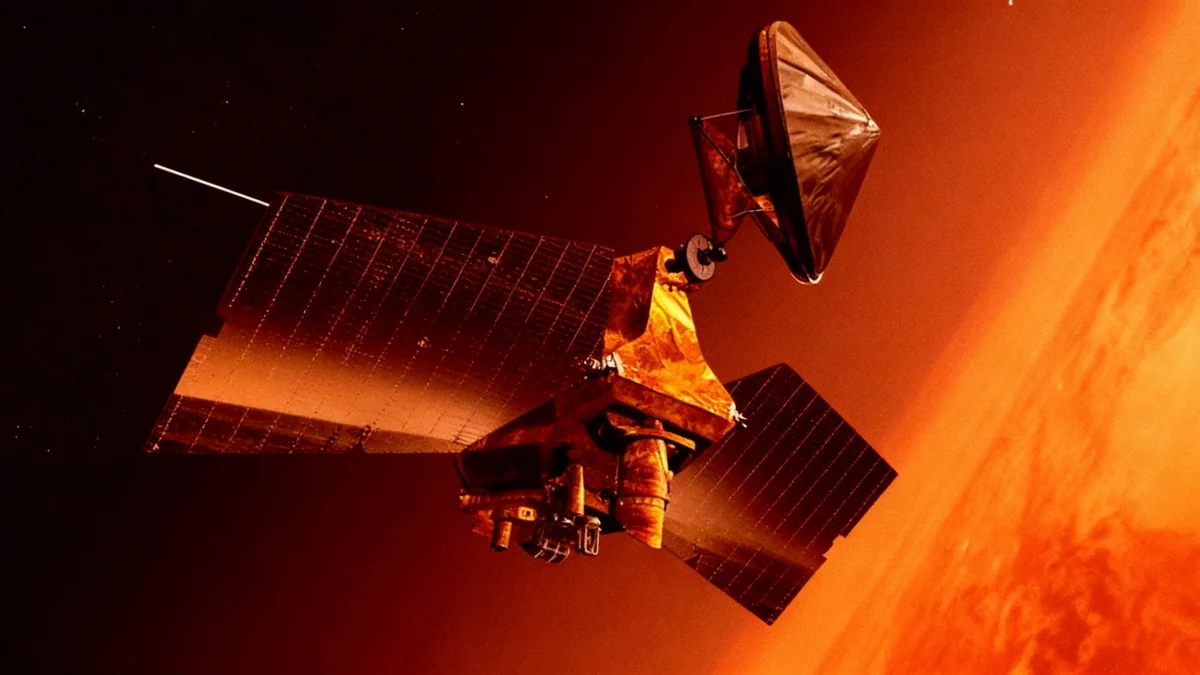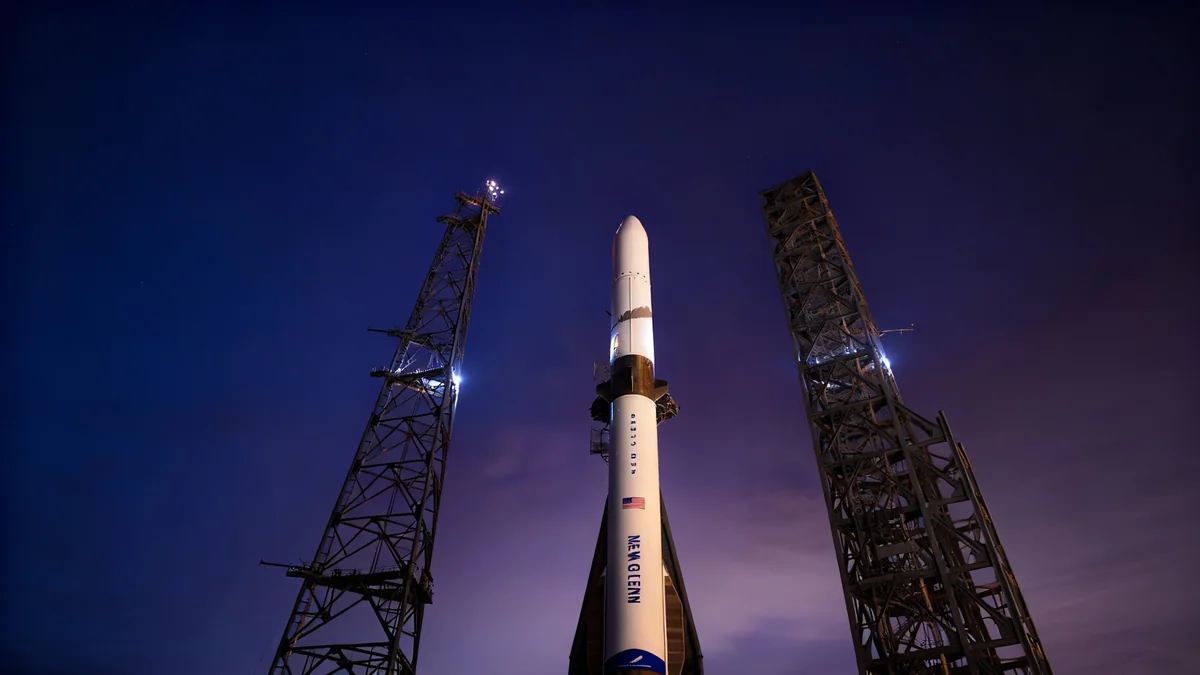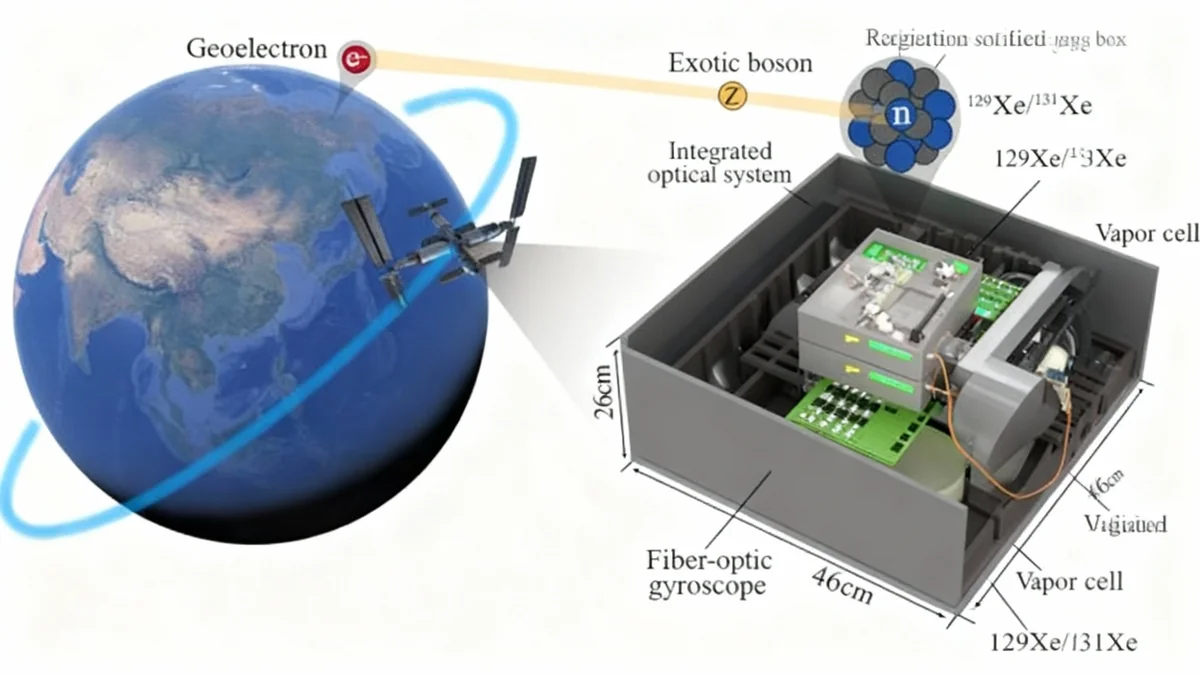Earth's magnetic field is currently under the influence of a series of solar events, including multiple Coronal Mass Ejections (CMEs) and a high-speed solar wind stream. Space weather agencies are monitoring the situation as one solar storm has already passed and at least three more are anticipated to arrive through the weekend, potentially causing minor technological disruptions and enhancing aurora displays.
The activity began with a fast solar wind stream flowing from a coronal hole on the sun. This was followed by a succession of CMEs, which are large expulsions of plasma and magnetic fields from the sun's corona. The first of these CMEs appears to have glanced past Earth with minimal impact, but the next is expected to arrive on November 8.
Key Takeaways
- Earth is currently being impacted by a fast solar wind stream and multiple Coronal Mass Ejections (CMEs).
- One CME has already passed with little effect. Another is expected to arrive on November 8.
- Two additional CMEs were launched from the sun overnight and are currently being analyzed by forecasters.
- Impacts are expected to be minor, with some potential for limited effects on technological infrastructure.
- The chances of visible aurora at lower latitudes are increased, depending on the strength of the geomagnetic storms.
A Busy Weekend for Space Weather
Forecasters are closely tracking a complex series of events originating from the sun. The current space weather activity is a combination of two distinct solar phenomena: a persistent stream of high-speed solar wind and a cluster of CMEs.
The solar wind stream originates from a feature known as a coronal hole, an area in the sun's upper atmosphere where the magnetic field opens up, allowing charged particles to escape more easily. This stream is already interacting with Earth's magnetosphere, creating unsettled conditions.
Compounding this are the CMEs. The first of the series, which arrived late on November 7, did not significantly intensify the ongoing geomagnetic activity. However, attention has now shifted to the next event, which is projected to reach our planet on Saturday, November 8.
Multiple Eruptions Analyzed
Overnight, the sun produced at least two more significant eruptions. Space weather prediction centers are now using computer models to determine the trajectory and potential impact of these latest CMEs. These analyses will provide a clearer picture of their speed, density, and magnetic field orientation—key factors in determining the severity of any resulting geomagnetic storm.
What is a CME?
A Coronal Mass Ejection (CME) is a massive burst of solar wind and magnetic fields that rises above the sun's corona. When a CME is directed at Earth, its charged particles and magnetic field can interact with our planet's magnetosphere, causing a geomagnetic storm. These storms can disrupt communications, power grids, and satellite operations.
Potential Effects on Technology and Aurora
While the series of solar events sounds dramatic, the immediate effects on the ground are expected to be limited. Officials anticipate that any disruptions to technological infrastructure will be minor and can likely be mitigated by system operators.
Modern power grids and satellite systems have protocols in place to handle minor to moderate geomagnetic disturbances. These can include temporarily adjusting power loads or placing satellites into a protective "safe mode" to prevent damage to sensitive electronics.
Fact: Geomagnetic storms are ranked on a G-scale from 1 (minor) to 5 (extreme). The current events are expected to produce storms on the lower end of this scale, likely in the G1 to G2 range.
For the general public, the most noticeable effect of this solar activity will be an increased chance of seeing the aurora borealis (Northern Lights) and aurora australis (Southern Lights). When the charged particles from the sun collide with gases in Earth's upper atmosphere, they create vibrant displays of light.
- Increased Visibility: During a geomagnetic storm, the auroral oval—the region where auroras typically occur—can expand to lower latitudes.
- Location Matters: The best viewing opportunities will be in areas far from city lights with clear skies.
- Check Forecasts: The strength and timing of the aurora will depend on how the CMEs interact with Earth's magnetic field. Observers should check dedicated aurora forecast models for real-time updates.
Monitoring a Dynamic Sun
This recent cluster of activity is a reminder that the sun is entering a more active phase of its approximately 11-year cycle, known as Solar Cycle 25. As the cycle progresses toward its peak, events like CMEs and solar flares are expected to become more frequent and intense.
Scientists use a network of ground-based and space-based observatories to continuously monitor the sun. Satellites provide crucial data on solar eruptions, allowing forecasters to issue warnings and predictions that give infrastructure operators time to prepare.
The ongoing analysis of the two newest CMEs will refine the forecast for the latter part of the weekend and early next week. The primary focus is to determine if they will deliver a direct, glancing, or indirect blow to Earth's magnetic field, which will ultimately determine the outcome of this extended period of solar activity.





